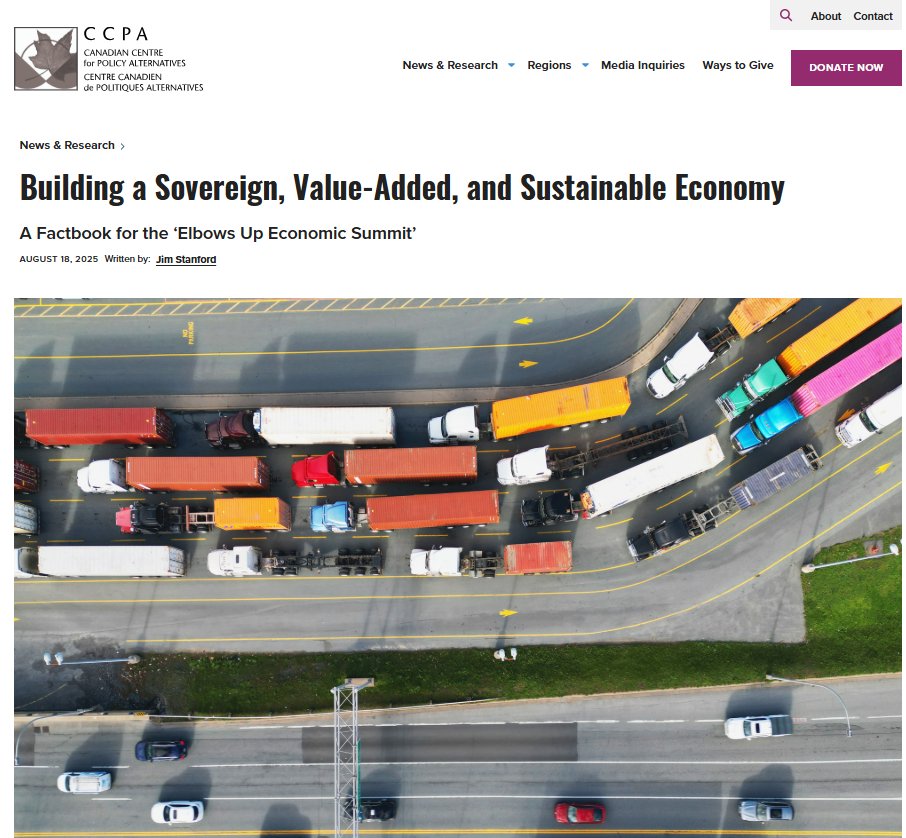THREAD: Australia lost another 228,000 jobs in May. Employment is still falling (unlike US & Canada where some rebound occurred in May). Total job loss since February 838,000 (down 6.5%). Official unemployment rate up to 7.1%, but we know that's just the tip of the iceberg...2
There were 925,000 officially unemployed (didn't work, but available & looking). Falling labour participation since Feb represents another 640,000. And there's 1.5 million technically "employed" people who lost most or all of their hours. Realistically, unemployment is >20% ...3
Data confirms this is a feminised recession: women's employment down 7.4% since Feb, v. 5.6% for men. So why is Coalition govt so intent on cutting supports for women (like child care), while trumpeting male stimulus (like the idiotic home reno scheme)?...4
Official unemployment rose 85,000 in May, and is up 231,000 since Feb. That's bad. But that represents barely 1 in 4 of those who lost employment. Most of those who lost jobs are disappearing from the labour market entirely. It will take years to get them back...5
Hours worked fell another 0.7% in May, and are down 9.4% since February. Underemployment fell, but for the wrong reason: people who were underemployed in April, lost their jobs entirely in May. Thus #ABS's total underutilisation rate rose slightly (to 20.2%, the highest ever)...6
Don't let anyone spin this as "not as bad as we expected." This is Depression-level unemploymt. And it's still getting worse, even though Australia flattened the curve so well. Any idea of ending or tapering JobKeeper or rolling back JobSeeker would prolong and worsen the misery.
• • •
Missing some Tweet in this thread? You can try to
force a refresh











